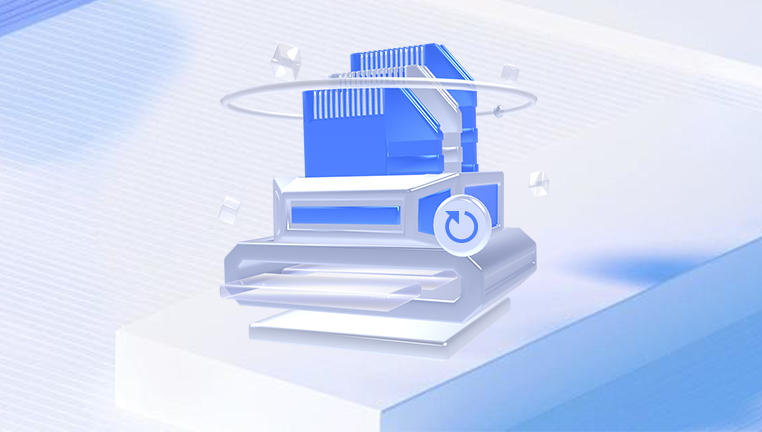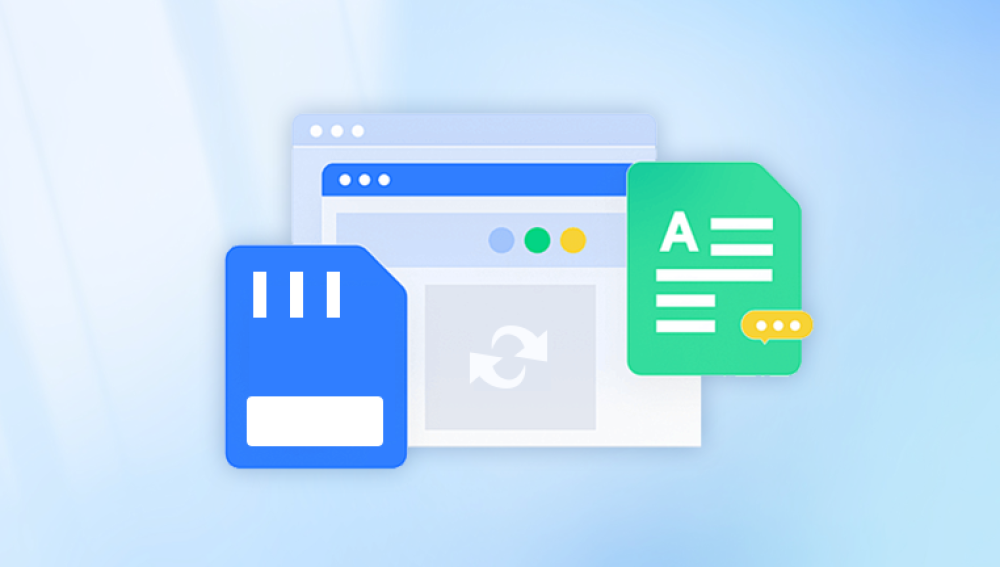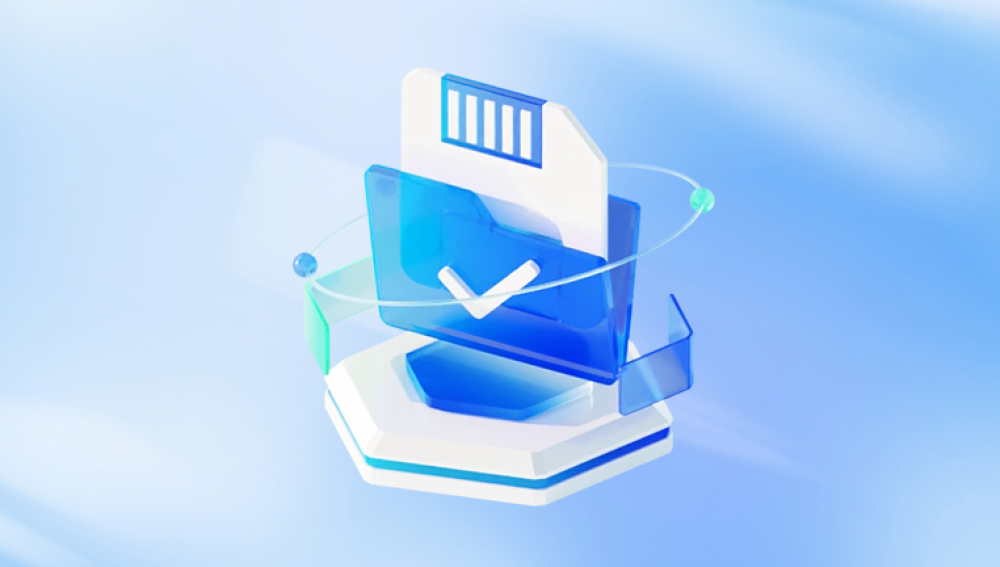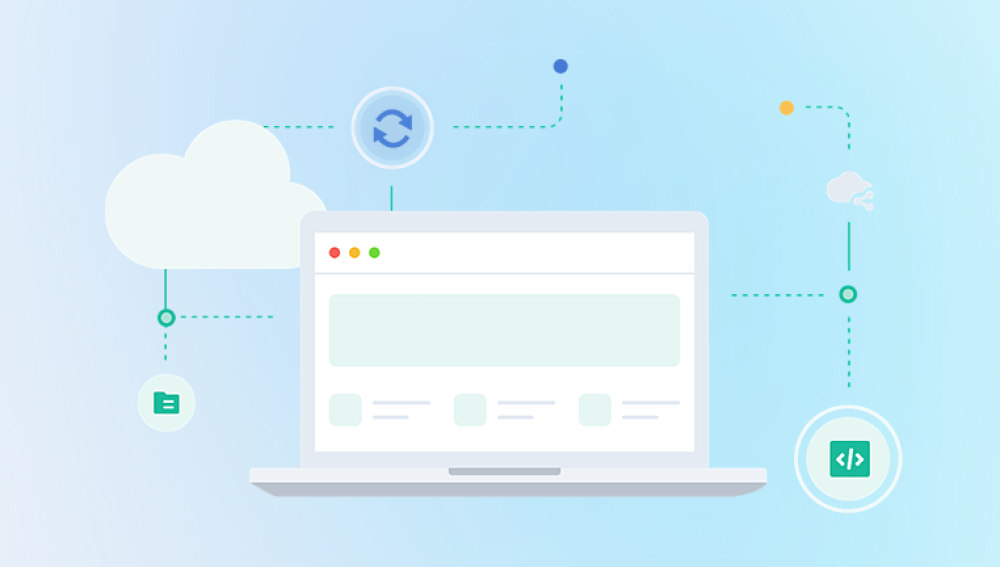SD (Secure Digital) cards are essential components in modern digital storage, widely used in smartphones, cameras, drones, tablets, music players, and even game consoles. These tiny cards store everything from precious memories to critical files. But despite their convenience and popularity, SD cards are vulnerable to data loss due to deletion, formatting, corruption, or physical damage.
Chapter 1: SD Card Data Loss
Before diving into recovery, it’s important to understand how and why data can be lost on SD cards. Data loss typically falls into one of these categories:

1.1. Accidental Deletion
One of the most common causes. Files may be mistakenly deleted during file management on a phone, camera, or computer.
1.2. Formatting
Formatting wipes out the file system and directory structure. While the actual files remain on the card temporarily, they become inaccessible without recovery software.
1.3. File System Corruption
Improper ejection, power loss during write operations, or malware can corrupt the SD card, making it unreadable or unrecognized by devices.
1.4. Physical Damage
Physical issues such as water damage, broken pins, or exposure to magnets can prevent access to the card and its data.
1.5. Virus and Malware
Some malware can hide, encrypt, or delete your files from an SD card.
Chapter 2: First Steps After Data Loss
To maximize your chances of successful recovery, follow these steps immediately after discovering data loss:
2.1. Stop Using the SD Card
Avoid saving new files or taking photos, as new data can overwrite deleted or hidden files.
2.2. Do Not Format
If prompted to format the card when inserted into a device or computer, cancel the action.
2.3. Use a Reliable Card Reader
Always use a functional card reader to ensure your SD card is read properly without interruptions.
2.4. Create a Backup or Disk Image
Before performing recovery, create a bit-by-bit copy (disk image) of your SD card. This ensures a fallback in case recovery goes wrong.
Chapter 3: Can Deleted Data Be Recovered?
Yes, in most cases! When a file is deleted or a card is formatted, the actual data isn’t removed—it’s simply marked as free space by the file system. Until overwritten, this data remains intact and can be recovered using specialized tools.
However, success depends on:
How quickly you act after data loss
The condition of the card
Whether the deleted files have been overwritten
The method used for deletion or formatting
Chapter 4: Methods for SD Card Data Recovery
4.1. Check for Hidden Files
Sometimes files aren’t deleted but hidden:
On Windows:
Open File Explorer
Go to the View tab
Check “Hidden items”
On Mac:
Press Command + Shift + . to toggle hidden files
If you find hidden files, copy them to another folder immediately.
4.2. Use Backup and Cloud Services
If you have backup software like Google Photos, iCloud, Dropbox, or OneDrive synced to your device, you might find a copy of your missing data there. Always check:
Backup folders
Previous versions (Windows: File History, Mac: Time Machine)
Trash or “Recently Deleted” sections
4.3. Run CHKDSK on Windows (For Corrupted Cards)
To fix minor corruption:
Connect the SD card
Open Command Prompt (Admin)
Type: chkdsk [DriveLetter]: /f and press Enter
Wait for the process to complete
This can sometimes restore access to the files.
4.4. Use SD Card Data Recovery Software
Drecov Data Recovery
Losing data from an SD card—whether it’s photos, videos, documents, or app files—can be frustrating, but with Drecov Data Recovery, you can quickly and safely retrieve what’s been lost. Designed for ease of use and maximum recovery effectiveness, Drecov Data Recovery supports all types of SD cards, including SDHC, SDXC, and microSD cards from brands like SanDisk, Samsung, Lexar, and more.
Whether your data was deleted accidentally, lost due to formatting, or became inaccessible after corruption, Drecov Data Recovery uses powerful scanning algorithms to locate and restore files. It works with all major file formats, including JPEG, PNG, MP4. PDF, DOCX, and RAW formats used by professional cameras.
How to Recover SD Card Data with Drecov Data Recovery
Download and install Drecov Data Recovery on your computer.
Connect the SD card via a card reader.
Launch the software and select the SD card from the device list.
Choose the scan type—Quick Scan for recent deletions, or Deep Scan for formatted or corrupted cards.
Preview the recoverable files and select those you want to retrieve.
Click “Recover” and save the files to a different storage location (not back on the SD card).
Why Choose Drecov Data Recovery?
Intuitive interface for beginners
High recovery rate from damaged or formatted SD cards
Supports a wide range of file types and card brands
Safe, read-only scanning process to prevent data overwriting
Chapter 5: Step-by-Step Software Recovery Guide
Here’s how to use Drecov Data Recovery (or similar tools) to recover your SD card data:
Download and Install Drecov Data Recovery on your computer. Avoid installing it on the SD card.
Connect Your SD Card to the computer using a reliable card reader.
Launch the Software and select the SD card from the drive list.
Choose Scan Mode:
Quick Scan: For recently deleted files.
Deep Scan: For formatted or severely corrupted cards.
Wait for the Scan to Complete. This may take a few minutes or longer based on the card’s size.
Preview Found Files. Drecov Data Recovery lets you preview photos, documents, videos, and more before recovery.
Select and Recover Files. Choose the files you want to restore and save them to a different drive (not the SD card itself).
Chapter 6: Advanced Techniques
6.1. Recover from a Disk Image
If you created a disk image (e.g., .img file), you can recover from it using software that supports virtual drives or image scanning.
Use software like R-Studio or PhotoRec to scan the image.
This method protects the original SD card from further damage.
6.2. Use Command-Line Tools
Advanced users can use open-source tools like:
PhotoRec: Recovers files from damaged or formatted SD cards.
TestDisk: Repairs partition tables and recovers lost volumes.
These tools work on Windows, macOS, and Linux, and are great for cases where the card is not mounting.
Chapter 7: When to Seek Professional Help
If your SD card is:
Physically Damaged (cracked, bent, or water-exposed)
Not Recognized by any device
Extremely Important (e.g., wedding photos, business documents)
…it’s best to consult a professional data recovery service.
Professional services offer:
Cleanroom labs to prevent further damage
Hardware-level access
High recovery success rates
Caution: These services can be expensive typically between $300 and $1500 depending on complexity.
Chapter 8: Tips to Prevent Future Data Loss
Backup Frequently
Use cloud services or external hard drives
Automate backups whenever possible
Safely Eject the SD Card
Never remove the card while files are being written or transferred
Format SD Cards in the Device
Always format in the camera or phone, not on a computer
Avoid Using the Same Card in Multiple Devices
Switching between devices can cause file system conflicts
Use Quality SD Cards
Invest in reputable brands like SanDisk, Samsung, Lexar, or Kingston
Avoid Filling the Card Completely
Leave at least 10% of space free to reduce corruption risks
Protect Cards Physically
Keep SD cards in cases
Avoid moisture, extreme heat, or static
Recovering data from an SD card is often very possible whether files were accidentally deleted, the card was formatted, or the file system became corrupted. With the help of reliable tools like Drecov Data Recovery, you can recover lost data with minimal effort, provided you act quickly and avoid overwriting the card.
Following the steps in this guide will help you handle virtually any type of data loss situation. And by following preventive measures, you can significantly reduce the risk of losing data again in the future.




